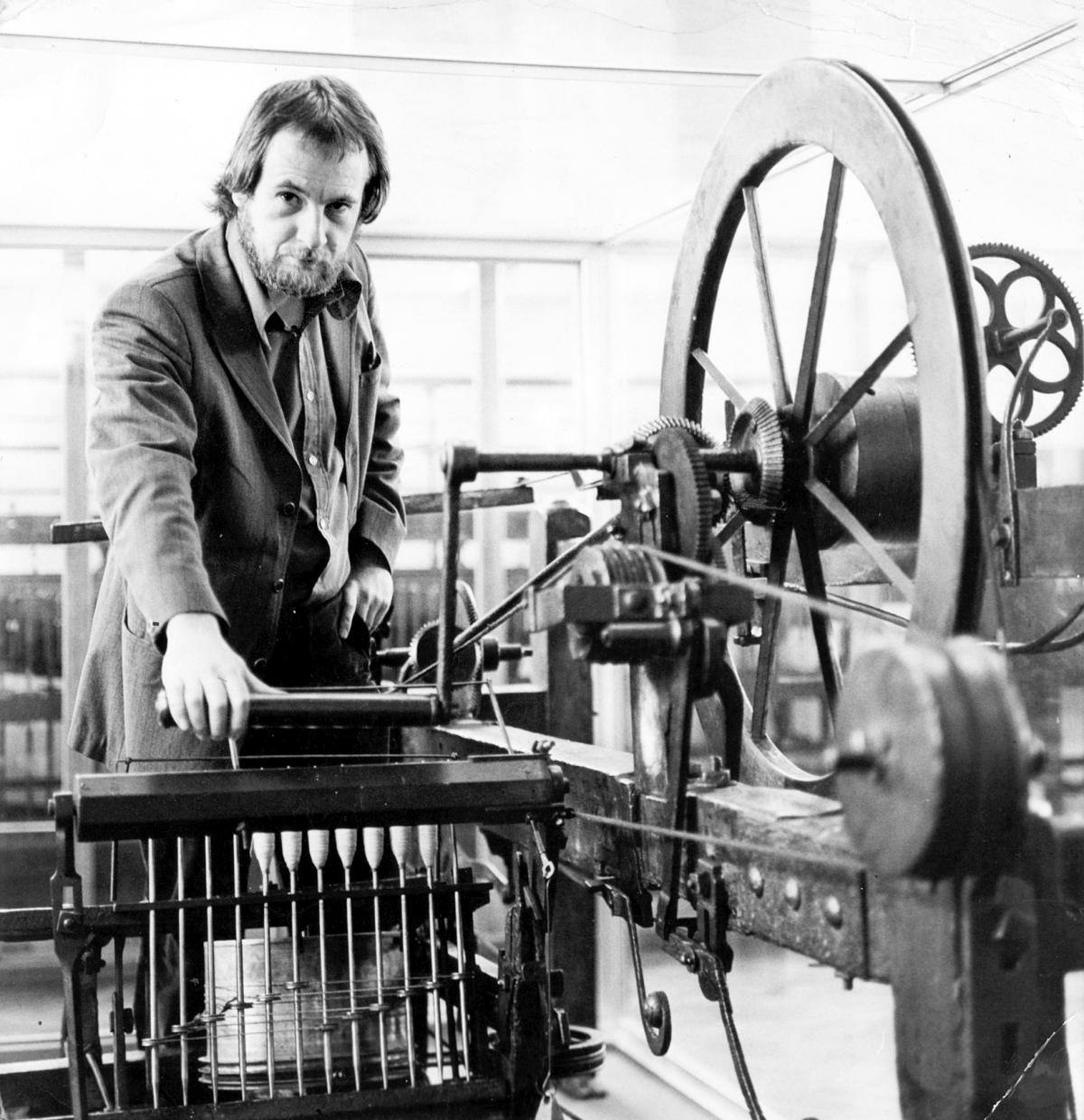
Get Started on the Path to
Securing your Patent Today!
Its fast and easy to get started on your way to protecting your intellectual property. Now that you've created your invention, it is imperative you are the first to file your invention patent application. Schedule your conference to learn more about budgeting, process requirements and the application process timing.
Invention is in the Blood
Our Chief Technology Officer David Crompton, who currently holds over 130 worldwide patents; is a descendant of Samuel Crompton. Samuel was the inventor of the Spinning Mule in 1779, which revolutionized the process of spinning yarn. Samuel's invention quickly exploded. Not having the money required to protect his technology, Samuel elected to sell his invention without any patent protection.
As the mule was unpatented, others soon manufactured it. The machine was constructed in iron, power was applied to assist the inward motion in 1790 and by 1834 it was fully automatic or self-acting.
A survey in 1812 showed there were between 4 and 5 million mule spindles in use. Samuel Crompton received no royalties or consideration for his invention.
Unlike his ancestor, David Crompton is a prolific inventor who has successfully patented all of his inventions resulting in over 130 worldwide patents.

“Imagination is everything. It is the preview of life’s coming attractions” (Albert Einstein)
The Art of Invention
An invention is a novel device, method, composition, or process. The is the creation process integrated within an overall research, engineering, and product development process. Inventors need to be cautious their inventions will achieve their desired performance and meet the thresholds to be commercialized.
Designing Your Patent
A properly constructed patent is critical in a successful patent initiative. The patent design process includes benchmarking conventional methods, critical thinking, product or process development, manufacturing review, translations, technical writing, technical drawings and expertly drafted patent claims.
Filing Your Patent
To qualify for a patent, your novel invention cannot be publicly known or sold prior to applying for a provisional or non-provisional patent application. Your invention must be finalized and fully vetted. Do not allow your intellectual property value or rights to be destroyed by a poorly constructed application.
Patent Protection
A properly structured U.S. patent will offer your company 20 years of exclusive rights to your invention, commencing on your patent application date. Your published patent should offer significant barriers to entry for any market competitors, while creating real intellectual property value for your company.
